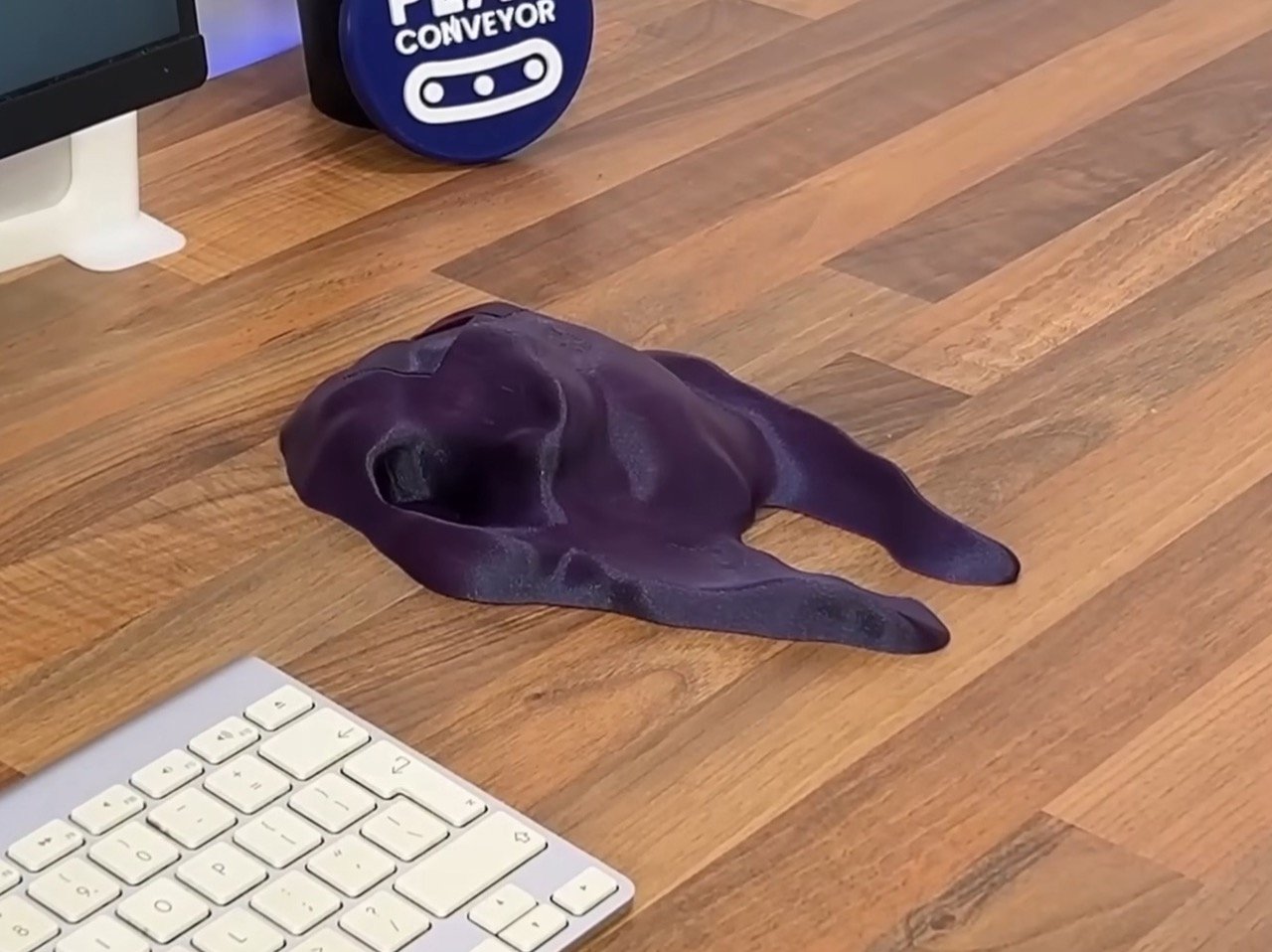I remember being in the third year of design college when I was introduced to this massive book titled “Indian Anthropometric Dimensions.” For the uninitiated, this book contained practically all the dimensions of the average (and non-average) Indian person, male and female, old and young. The purpose of such a book was to understand ergonomics numerically, rather than visually. And for designers, this meant adding the ultimate constraint to our wild designs… so humans could actually use them.
This YouTuber’s take on an ergonomic mouse is the antithesis of everything I was taught. The problem is, however, it works! See, designers have to balance this ergonomic approach with actual aesthetics. That’s why ergonomic mice actually look stylish, rather than being shaped exactly like the inverse of your hand. It’s why gun grips look the way they do; why bike seats, or car seats have an abstract-ness to them, and don’t actually have your individual buttocks molded into their designs. The world’s comfiest mouse works, but at a rather painful aesthetic cost!
Designer: Play Conveyor
Play Conveyor’s design process ignites a pretty strong debate between aesthetics and comfort. The Apple Magic Mouse, for example, is a prime example of the former completely ignoring the latter… and almost every mouse (even the ergonomic ones) aim at trying to achieve a balance between the two. Play Conveyor’s experiment swings the pendulum the absolute opposite way – what if a mouse was hideous as sin, but legitimately comfortable?
The process starts fairly simply. Play Context first ripped apart a wired mouse to see what the inner components looked like. He then 3D printed a plastic chassis on which he added play dough, filling in all the negative space created by his hand. This basically turned the mouse into a direct inversion of his hand, creating something that quite literally fit like a glove. After the play dough model was made, he scanned it, refined it, and printed it. What we see here is pure anthropometrics at work – no design, no aesthetic study, nothing.
What’s interesting is how accessible the whole process has become. A decade ago, this would’ve required industrial equipment, professional 3D scanners, and a hefty budget. Now it’s an iPhone, a 3D printer that costs less than a decent laptop, and some squishy molding compound. The democratization of manufacturing tools means anyone can now ask the question: what if products were designed for me, specifically me, and nobody else? It’s selfish design in the best possible way.
The first iteration (top left) was way too sharp, with jagged edges left behind either during the molding process or the scanning process. Play Context merely softened the edges down to create something that looks like, well, the Millennium Falcon covered in goo. Cutouts was added for left and right clicks, but soon ditched for actual hinged buttons, along with a central groove for the scroll wheel.
The final result is, well, a mouse that’s too ugly to be seen in the outdoors. It’s also a mouse that uniquely ONLY fits the ergonomic grip of one user. The justification for this can be two-fold: First, just accepting that there’s no way a company would be able to mass-produce this. People have different grips, different hand sizes, and even usage frequencies. That’s why companies like Logitech or Razer make mice the way they do, blending ergonomics with a healthy dose of aesthetics to have peripherals that actually look good while functioning flawlessly. The second justification, however, is for more edge-cases. Maybe a mouse designed for someone with Parkinsons, or with a genuine handicap or special need. We’ve seen special-needs gaming controllers from Sony for the PlayStation and Microsoft for the Xbox, but they’re mass-produced too. What if we could somehow build outer bodies of gadgets to suit our anthropometric needs? As Play Context demonstrates, the process is fairly easy, requiring only a 3D printer as a specialized equipment. All you need is a fair bit of free will, determination, and play dough!
The post World’s Comfiest Mouse looks legitimately ugly… but it somehow works first appeared on Yanko Design.

